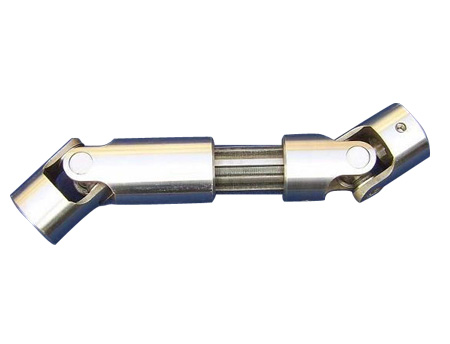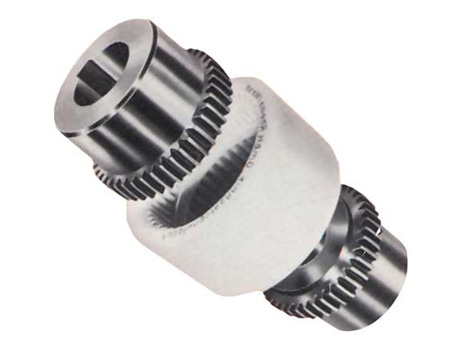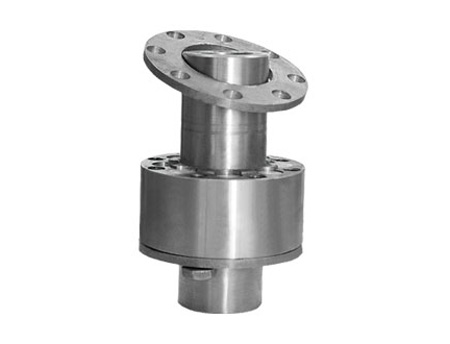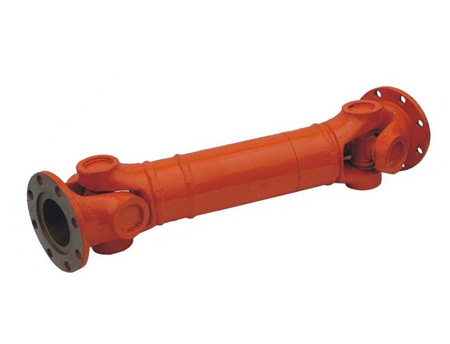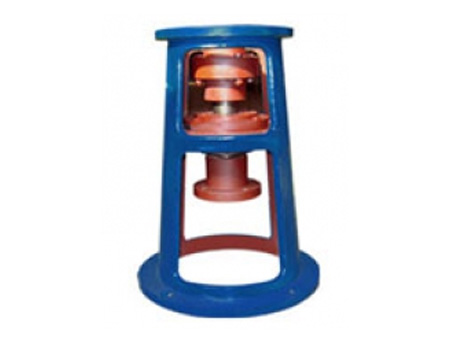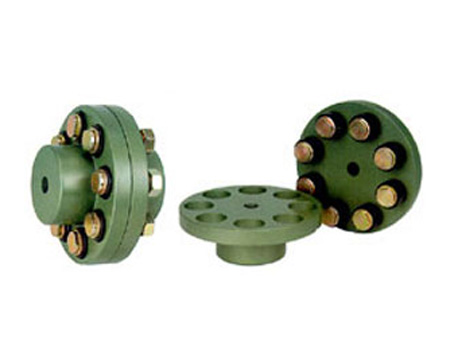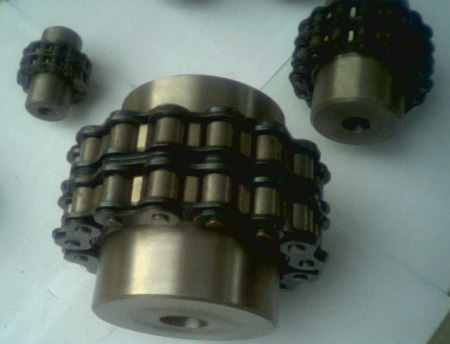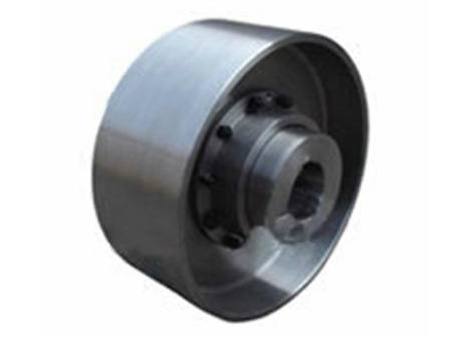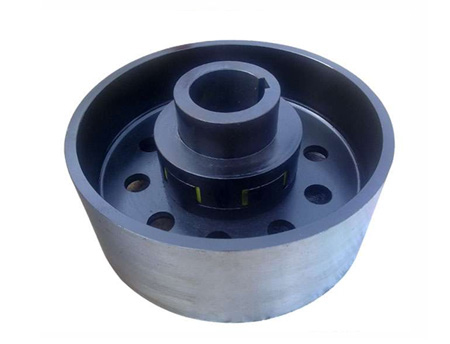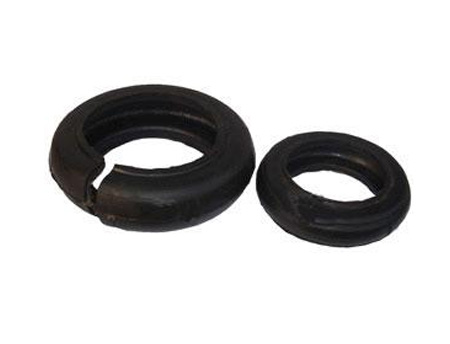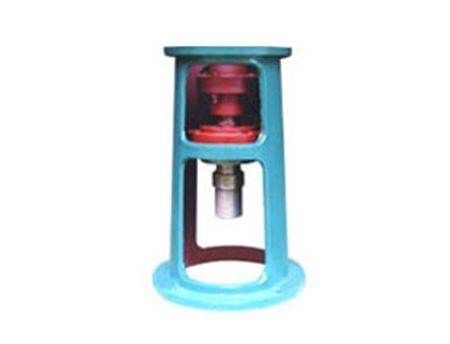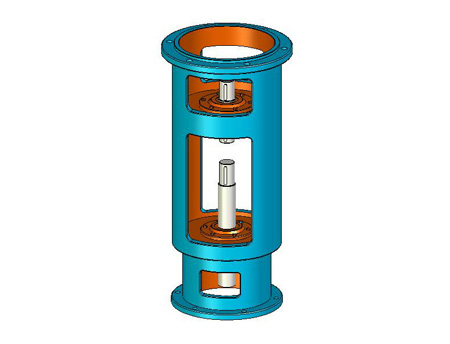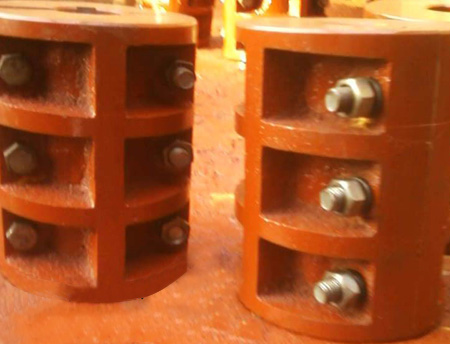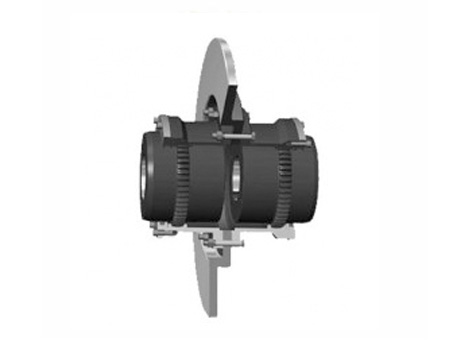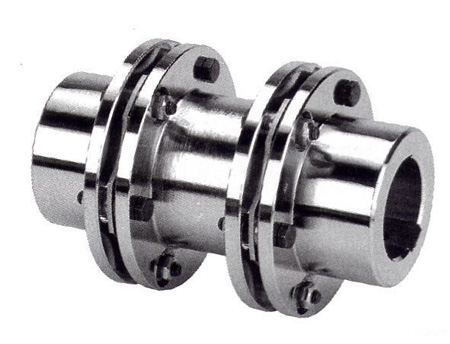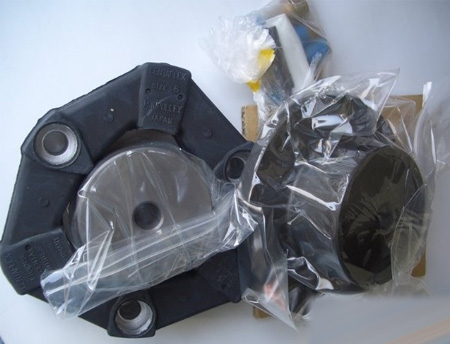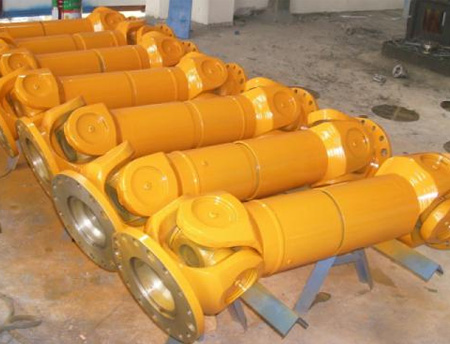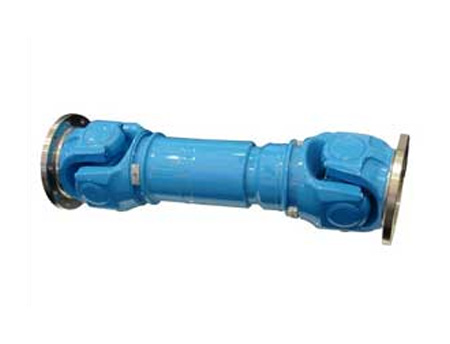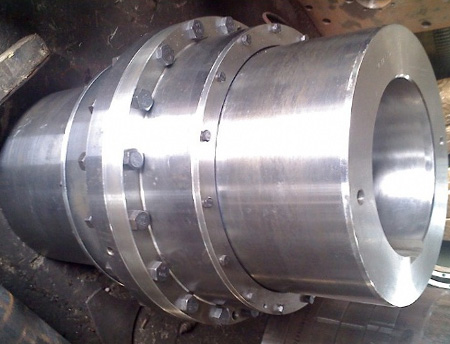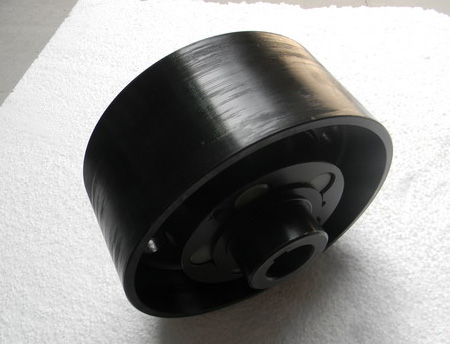- Introduction to Couplings
- A detailed introduction to the drum gear coupling!
- What are the requirements for coupling guards?
- The difference between plum coupling and diaphragm coupling
- What are the characteristics of drum gear couplings?
- Frequently Asked Questions about the Installation and Disassembly of the Diaphragm Coupling
Website: www.rigid-shaft-coupling.xyz
Address: Xihuan Industrial Zone, Botou City, Hebei Province
Problems that often occur when coupling alignment
General disassembly method:
When removing the coupling, the connecting bolt is usually removed first.Because a layer of grease, corrosion products and other deposits are deposited on the surface of the thread, the bolt is not easy to disassemble, especially for the heavily corroded bolt, it is very difficult to disassemble.Removal of connecting bolts Choose suitable tools, because the bearing surface of the bolt's outer hexagon or inner hexagon has been slipped and damaged, and it will be difficult to disassemble.For bolts that have been corroded or have a lot of grease, solvents are often used to spray the joints of the bolts and nuts to allow the solvent to penetrate into the threads, which will be easy to disassemble.If the bolts cannot be removed, the heating method can be used, and the heating temperature is generally controlled below 200°C.By heating, the gap between the nut and the bolt is enlarged, the rust is also easy to fall off, and the bolt disassembly becomes easier.If none of the above methods work, only damage the bolts, cut or drill the bolts, and replace them with new bolts when assembling.The new bolts have the same specifications as the original bolts. The new bolts used for high-speed equipment couplings are also weighed so that the new bolts have the same weight as the connecting bolts on the same set of flanges.
In the process of coupling disassembly, the difficult task is to remove the hub from the shaft.For the hub of the coupling, a three-legged puller or a four-legged puller is generally used for disassembly.The selected puller should match the outer dimensions of the hub, and the right-angle hooks of each foot of the puller should be properly combined with the rear side of the hub, so that no slippage will occur when you apply force.This method is only used for disassembly of hubs with relatively small interference. For hubs with relatively large interference, heating methods are often used, or at the same time with hydraulic jacks for disassembly.
Cleaning, cleaning and quality assessment of all parts of the coupling is an extremely important task after the coupling is disassembled.The evaluation of components refers to comparing the existing conditions of the size, shape, and material properties of each component with the quality standards determined by the component design to determine which components can continue to be used and which components should be used. After repairing, which ones are new parts that should be scrapped.If the parts are damaged or fail to meet the qualified requirements, they should be replaced with new ones in time to avoid troubles.
When the coupling is used for a long time or fails, the coupling should be maintained and cleaned, which can effectively extend the service life of the coupling and greatly improve the work efficiency.
Since the structure of various couplings is not the same, before disassembling the coupling, some marks should be made on the position of the coupling between the parts of the coupling for reference when reinstalling.For couplings used in high-speed machines, the connecting bolts have been weighed and clearly marked and cannot be mistaken.
There are many structural types of couplings, and the specific assembly requirements and methods are different. For installation, the general principle is to assemble in strict accordance with the requirements of the drawings. The specifics can only introduce some problems that often need to be paid attention to in the assembly of the coupling. .Clean the parts before installing the coupling. After cleaning the parts, wipe off the washing oil on them.Couplings that are ready for operation in a short time can be wiped dry and coated with some turbine oil or engine oil on the surface of the parts to prevent rust.For couplings that need to be put into use for a long time, they should be painted with anti-rust oil for maintenance.For couplings used in high-speed rotating machinery, a dynamic balance test is generally done in the manufacturer. After the dynamic balance test is qualified, a mark of the coordinate position between the components is drawn.When assembling, it is very important to assemble according to the markings given by the manufacturer.If you do not assemble arbitrarily according to the mark, it is likely that the vibration of the unit will occur due to the poor dynamic balance of the coupling.In addition, the connecting bolts on the flange of this type of coupling are load-bearing, so that the weight of the connecting bolts on each coupling can be basically the same.For example, the gear coupling used on a large centrifugal compressor, the weight difference between the connecting bolts used is generally less than 0.05g.Therefore, the bolts between the couplings cannot be interchanged arbitrarily. If one of the coupling bolts is to be replaced, the weight of the coupling bolt should be the same as that of the original coupling bolt.In addition, when tightening the coupling bolts of the coupling, they should be tightened symmetrically and gradually so that the locking force on each coupling bolt is basically the same, so that the coupling will not be skewed after assembly due to the uneven force of the bolts. Phenomenon, torque wrenches can be used if conditions permit.
For rigid movable couplings, after assembling, check whether the rigid movable parts of the coupling can move a little and whether there is any jamming.After all couplings are assembled, they should be cranked to see if the rotation is good.In short, the correct installation of the coupling can improve the operation of the equipment, reduce the vibration of the equipment, and extend the service life of the coupling.
